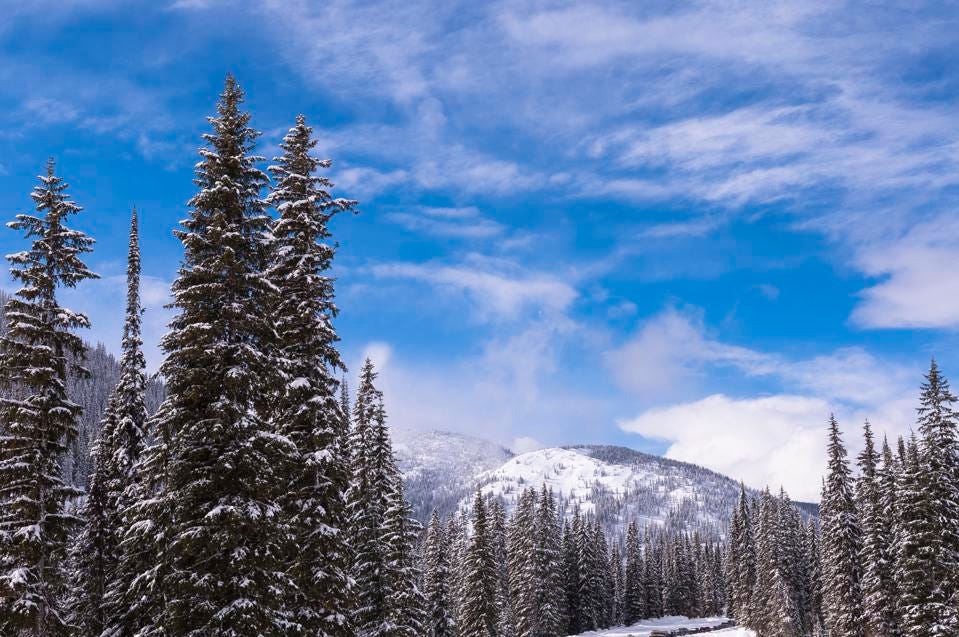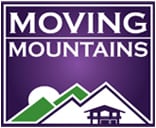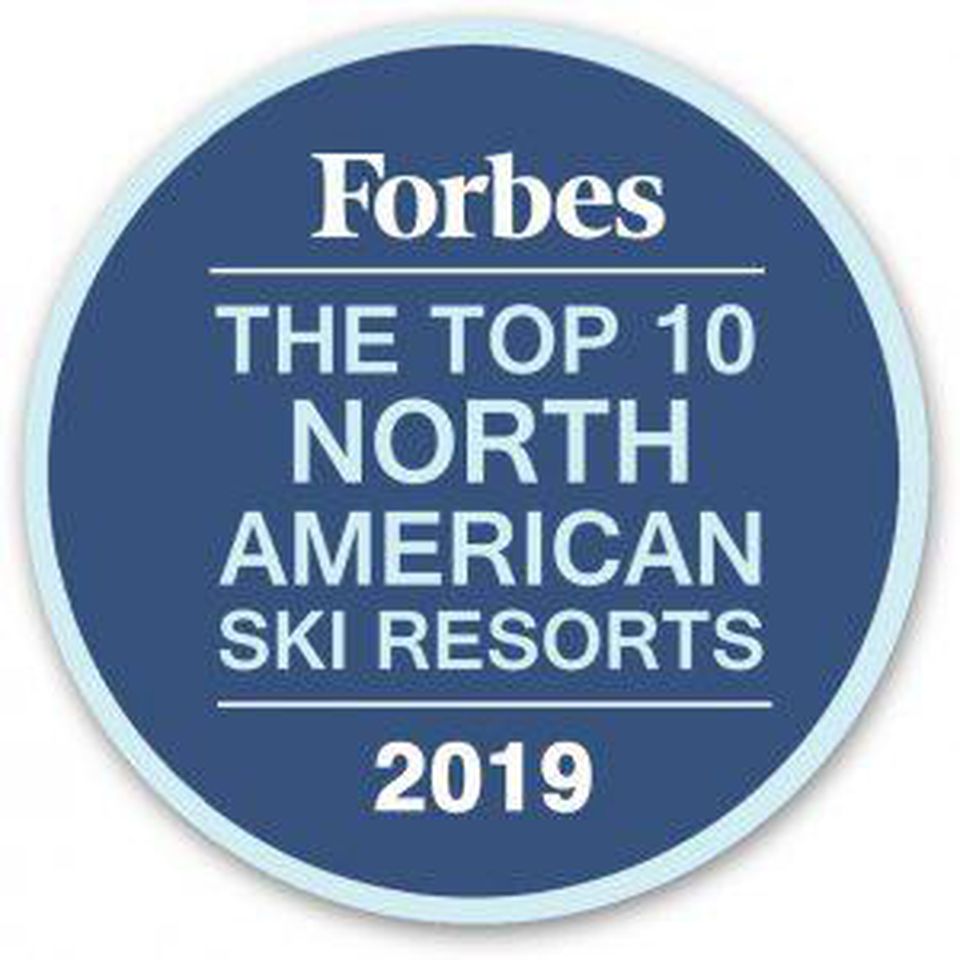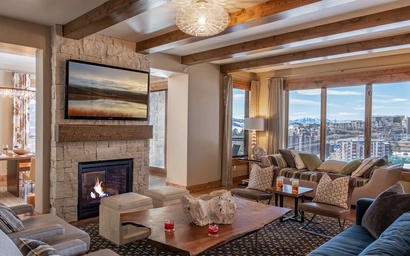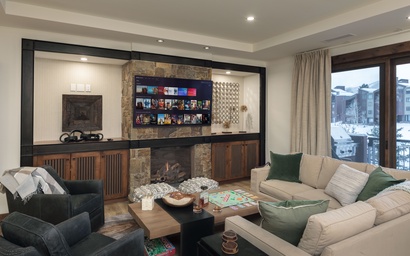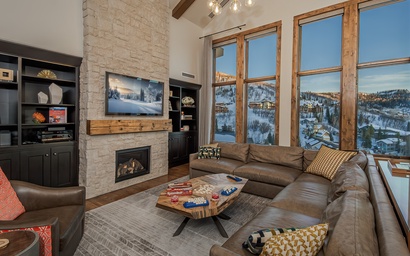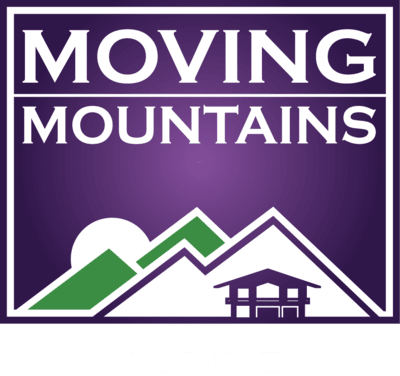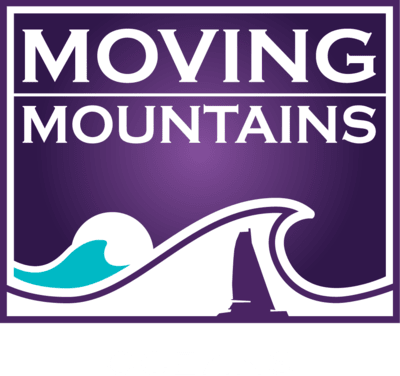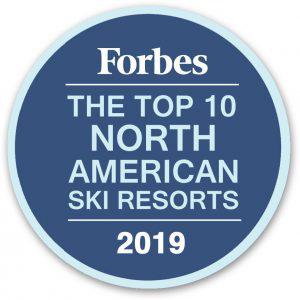
The PAF is fresh and new for 2019. Heed it.FORBES
We have again teamed with ZRankings.com to put together the definitive list of best ski resorts in North America. As always, our decisions are driven by a multitude of things, including snowfall, terrain, crowds and town ambience. These factors are baked into a master algorithm that yields, for 220 ski resorts on the continent, a Pure Awesomeness Factor, or PAF. In this piece, we’ll dig into the top 10 ski resorts by PAF for the skiing winter of 2018-2019.
This article also functions as something of a catchall for what has happened in the world of skiing during the last year, from ski resorts in Colorado to those in California, Canada and the Northeast. Ski industry reshuffling is factored into the PAF algorithm, so they’re worth considering here as well.
There has never been a skiing offseason that has put so many changes and new considerations in front of skiers. The season pass game, which had been fairly static during the last several years, with Vail Resorts’ lineup squaring off against a group of smaller resorts and independents belonging to the Mountain Collective, has seen its largest shakeup since the 1990s. Skiers must be more strategic than ever when picking what season pass to buy, and what ski resorts to travel to and when to do it.
Skiers should also be strategic about the gear they buy, which is why they should see our top picks for Winter Gear for 2019.
Just a year ago, Vail’s Epic Pass remained the unrivaled choice for skiers seeking a diversity of geographies and ski resorts on an unlimited ski pass. The Ikon Pass has remade the landscape, however. This resultant competition of Ikon vs. Epic presents skiers with two passes with resort lineups that are uncannily comparable.
That a full-fledged rival to the Epic Pass could crop up so quickly—and with such a strong offering of resorts—is a testament to the focus of the team at Alterra. It is a fascinating private equity play whose exit will be determined by two things: its ability to sell Ikon Passes in numbers that eventually approach those of Vail’s Epic Pass, and the public market’s willingness to value another company built upon a diverse collection of resorts bound by one pass.
The spark for all of this change was the 2017 formation Alterra Mountain Company, backed by cash from Denver Private Equity Firm KSL Capital and the Crown Family of Chicago, which owns Aspen Ski Company. Alterra’s first big plays were to scoop up Colorado resorts Steamboat and Winter Park, along with California’s Mammoth Mountain. From there, Alterra has gone on to buy a bevy of others, including Utah’s Deer Valley and Solitude, and a sizable portfolio of resorts in the East.
In addition, Alterra has built upon existing relationships in place from the Mountain Collective and brought major independent resorts to the Ikon Pass, including Snowbird, Alta, Jackson Hole, and Big Sky—all places where skiers receive five or seven days, depending on what version of the pass they purchased.
Vail countered quickly, buying Crested Butte and strengthening its eastern lineup with more acquisitions. Most interesting, Vail peeled independent Telluride away from its Mountain Collective brethren and brought it to the Epic Pass, the full $900 version of which will get skiers seven days at Telluride, a ski mountain we hold in high esteem and the best ski town in North America.
Additionally, Vail purchased Steven’s Pass in Washington State to try and lure Seattle skiers who travel, and Alterra has done the same by bringing Washington’s Crystal Mountain into its fold.
The result here is that nearly every major destination ski resort in North America is affiliated with either the Epic Pass or the Ikon Pass. There will be more than a few avid skiers who buy both, granting themselves access to a footprint covering the entire country for less than $2,000, a price that, not long ago, was good for a pass to just one or two mountains.
Individual lift tickets will continue to grow more expensive—they have touched $200 at several resorts for peak dates such as President’s Day—presenting skiers who get out for two to three days a winter with something of a conundrum: ski more at a drastically reduced price per day, or pay up for those single-day tickets.
Both Vail Resorts and Alterra count on lots of skiers buying their annual passes while logging a small number of days—five or less. We implore you to not fall into this group. In short, ski more.
To that end, heed the advice you find here, plan a couple of trips, buy the right pass, and ski. Nobody laments getting in an extra three days of skiing or spending that last weekend of the season in Telluride instead of watching it rain at home.
The last seven years have been as healthy as they come in the industry; Ikon’s existence, in and of itself, offers proof of that. Skiers can be thankful for that—competition is almost always good for consumers.
Skiers should also be thankful, perhaps even more so, for an early season that has not only brought large quantities of snow, but also steady cold temperatures across most of the west. The early winter has been strong across much of the mountains, not least of all Colorado, which has received major snowfalls as well as the solid cold temperatures.
That bodes well for snow preservation going into the holidays, as well as for snowmaking, which, given time, can play a big role in getting wide expanses of terrain open early for Christmas skiers.
This gives more value to snow that falls in places such as Alta, Utah, where drought months nearly never occur, compared with places, such as ski resorts in the Tahoe region, which, while they may maintain a high annual average, are more likely to go months with minimal snowfall.
Full snowfall rankings for all the major ski resorts in North America can be viewed at ZRankings’ ski resort snow rankings.
When considering snow, it’s important to also factor in the time of winter for a given ski trip. Some ski resorts are better bets for early season ski trips compared with others, while some mountains have characteristics that make them excellent candidates for a spring break ski trip.
Telluride, for instance, sits at a high elevation and has good amounts of terrain that face north, which helps them preserve snow and stay cold even when the spring sun gains the upper hand from winter.
Snowfall
Within these rankings, we include many factors. Among those factors are snow inputs that we believe to be unique. We not only take into account a ski resort’s average annual snowfall (we use true snowfall averages, not ones from marketing brochures), but we also factor the quality of snow that usually falls, and how often it might fall (not just how much).
Helping us on this front with the snow, as always, is Tony Crocker of Bestsnow.net.
We account for the average quality of snow, which gives more value to the Rockies, Utah and inner western Canada, compared with the California Sierra, the Pacific Northwest and the East. We also examine locations’ seasonal snowfall standard deviations.
For those interested comparing ski resorts’ snow qualities compared with the time of the winter, each ski resort page at ZRankings features graphs showing how the snow quality changes given the time of winter.
Some general wisdom around snow and ski trips: once you’re booked, don’t fret.
It’s true that we study weather patterns and historical snowfall obsessively, but when it comes to our own ski trips, we try and keep our minds unpolluted by the little details around weather leading into a trip.
Instead of poring over forecasts, we recommend looking at the weather once, a few days out, and packing accordingly. From there, just take things as they come. Yes, looking out the window after a night when it was supposed to dump is unavoidable, but it’s easier to sleep if you can get your mind off of the possibility of surfing giant mounds of powder the following day.
Rankings
The web is awash in rankings that were scrambled together with little diligence and unleashed on the world. That is not the case with our ski resort rankings, which we believe to be the truest measure of awesomeness on earth.
That said, don’t take this too seriously. Ski when you can, where you can. All the better if some of those days can be spent at one of our top 10 ski resorts for 2019 - a full ranking of 221 North American resorts can be found at ZRankings.com:
For full article: CLICK HERE
And to Cut to the Chase: here is the Steamboat review:
“The Boat” is an apt nickname for this place that sits off on its own in north central Colorado, with nothing tethering it—no interstates, no sister resorts, no snaking traffic jams from Denver—to the rest of the Colorado tourism universe. Skiers who end up in Steamboat don’t do it by accidents—they very much want to be there.
That’s an understandable feeling—one shared by an impressive count of snow seekers. Snow is one of the reasons Steamboat has cracked our list. Quite simply, it is the most dependable destination ski resort in Colorado when it comes to winter precipitation. Couple that with a classic Western old town on the level of Aspen and Telluride, and the offering is compellingly complete.
While the throngs of skiers who fly to Denver might find the drive to Steamboat to be farther than their liking, there are great alternatives (although the drive is eminently doable for anybody who has gripped the steering wheel from Denver to Vail). Steamboat possesses one of the great catalogues of direct-flights in the world of ski town airports.
American, United, Delta and Alaska all land their planes here—many on a daily basis during the winter. The direct flights come from across the United States and gives much of the country an expedited way to reach this unique outpost in Colorado.
Steamboat lodging offers amongst the most varied selections up in all of skiing, with options that run from extravagant six and seven bedroom homes to slope-side condos and hotel rooms going from two stars all the way up the scale.
The mountain has a wealth of ski-in, ski-out lodging within reach for a wide range of budgets, with options that include name-brand full service hotels, to simple condos ready for a family. Lodging here can often be found at rates lower than those at Vail, Aspen and other vanguard ski resorts.
The skiing at Steamboat, while not severely steep for any notable stretch, does include a wide variation of terrain that will keep skiers of all abilities entertained. For experts there are an abundance of trees and stashes around the top of the mountain that can hold cold snow well into the season even when the lower runs have gone soft.
The steepest areas on the mountain are toward the top. In specific, Chutes 1, 2, and 3 have good vertical pops where skiers can get a taste of something that feels decidedly off-piste. Christmas Tree Bowl offers some nooks that can be plumbed for powder after the obvious snow haunts have been skied out.
Where to stay: Steamboat Grand – a plum location at the bottom of the resort with amenities galore for families.
Where to eat: Laundry has been slaying the dining scene in Steamboat. Get there early and order with gusto.
